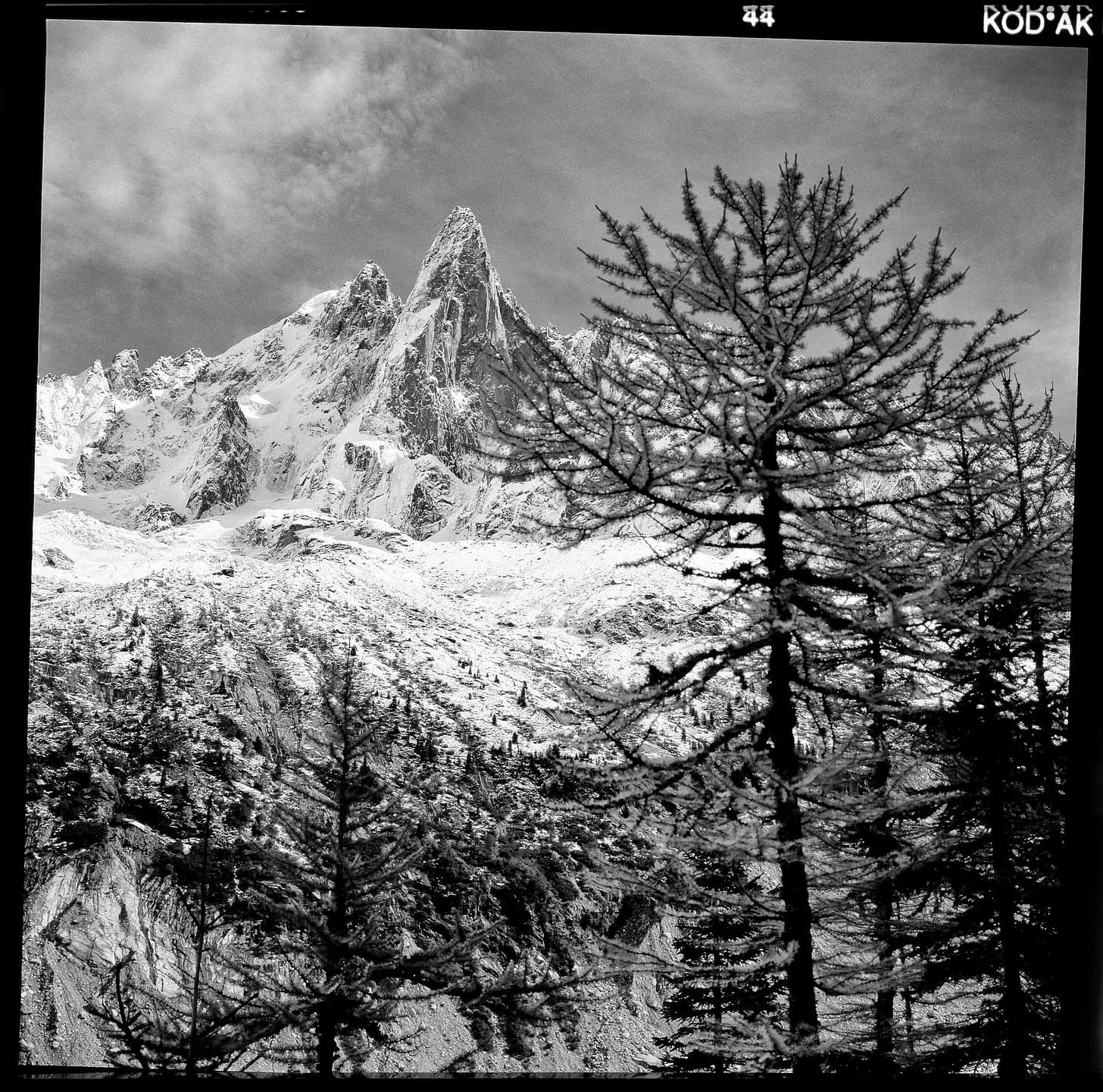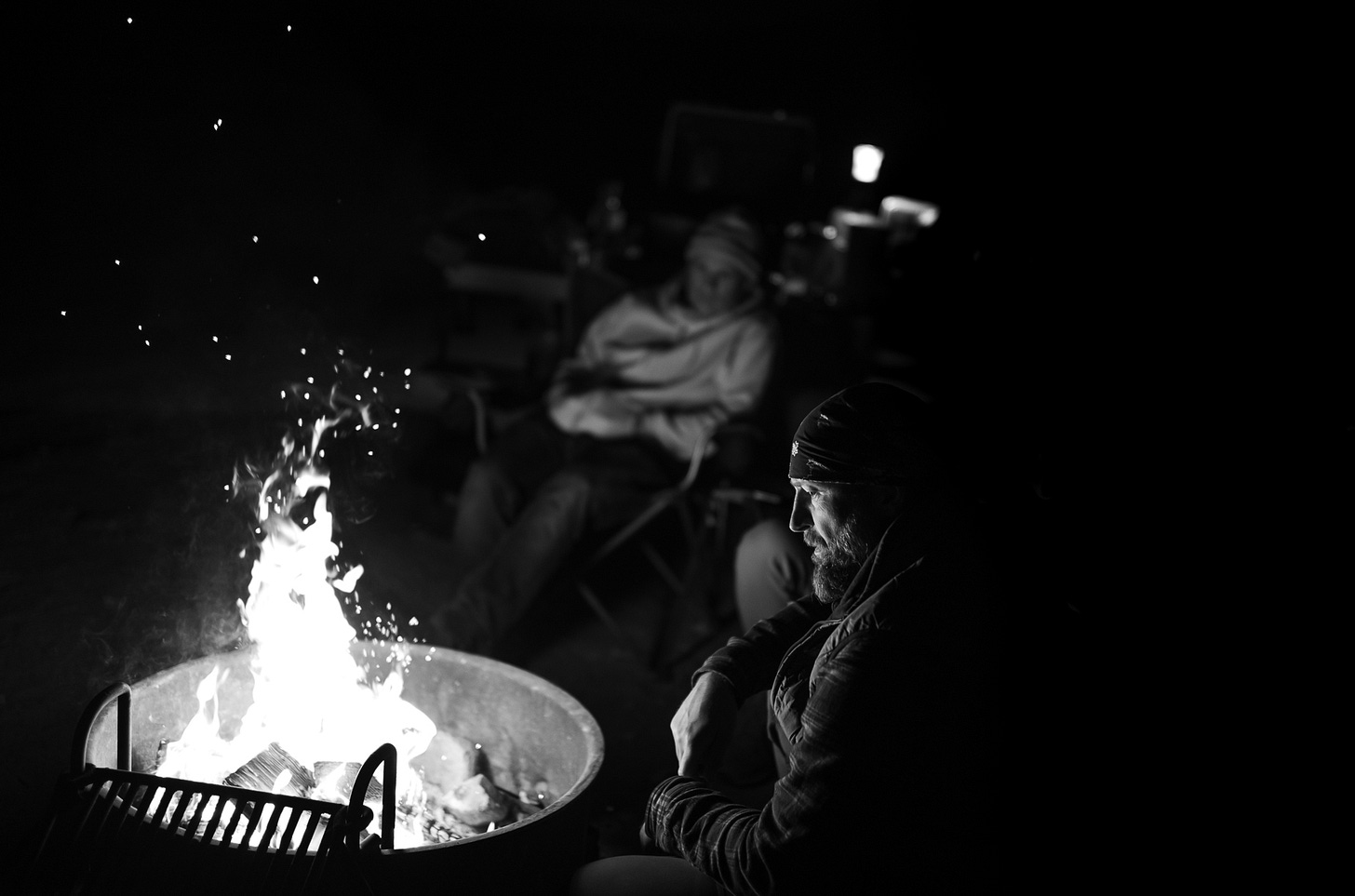The Limits We Choose
I once read about a photographer who decided that the lens he had available placed limits on the work he was required to do. He found it frustrating, and negative. He solved that problem by acquiring a different tool, which most certainly came with its own limits. To quote Klaus Kinski, "You leap over the wall of one ghetto and find yourself in another ghetto." (1)
Buying a different tool rarely solves the (perceived) problem because that problem is usually within. Recognizing the problem is the first step and after that the best way ahead is to have a conversation, to share ideas, to hypothesize, and explore. A camp fire is good for that, or some other form of gathering.
Simply owning the tool will not make you better at using the tool. It turns out you actually have to practice. Sometimes acquiring the tool will sensitize you to its use, and to the environment the tool is used in, and the actions required to use it. And still, new tools that first help us expand may later become limitations themselves; while we evolve the tools are fixed, at least in our minds. It is apparent that the tool leads us to certain images and styles because the tool itself — its capabilities, flavor and perspective — affects intention and expectation, each with its own unique limits.
We also limit ourselves in this context by seeking particular style, something to give us a sense of photographic identity. Our initial search for style can fuel creativity but once established, it can also become a limit we too easily accept. And are (perhaps) enslaved by ... this is my style, there are others like it, but this one is mine.
It is difficult to see separately from intent. Sometimes I consider the difference between how I perceive a situation when carrying a camera with black and white film vs. a color camera, whether digital or film. When my intent is black and white, combined with my natural tendency to see dark first and light second, the world presents itself differently than it did when I shot color exclusively, and color was all around. I observe differently according not just to the tool but to its settings. When I choose a shallow depth of field I may be seeking separation, to pluck a subject from its background. I also might be seeking softness instead of razor sharp clarity. When I choose 1/4000th of a second as the shutter speed I want to stop motion, to freeze that narrow instant in time. Such speed dissects water into droplets, molecules, while setting it to 1/15th lets the flowing water flow while also being stilled. And if I set the camera to Automatic? Fuck that. Don't even get me started.
(1) I mentioned this fellow and the Kinski quote in an older essay posted here titled SEE(K) and although I hate to use a redundant example, the concept keeps coming around, and especially so in an acquisitive, consumer- or consumption-heavy society. We are urged to solve problems by buying something, to render discomfort comfortable by adding more and more and more. I fall prey too, of course, despite knowing it’s not a thoughtful, considered response.





Reminded me of some words from Rave I Ching,
"Exaltation: The awareness that the destruction of the old limitations simply creates new ones. This results in behavioural patterns that demonstrate this understanding through actions and enhances leadership potential. The energy to handle a lifelong process of dealing with limitations.
Detriment: Where the natural desire for expansion, when limitations are essential, creates confusion from the top. Expansive energy that cannot handle limitations. "
Every time I think I need another chisel, gouge, knife, or axe I remind myself that it's just more shit to sharpen. But man, the right tool in the right hands is a marriage to idolize.